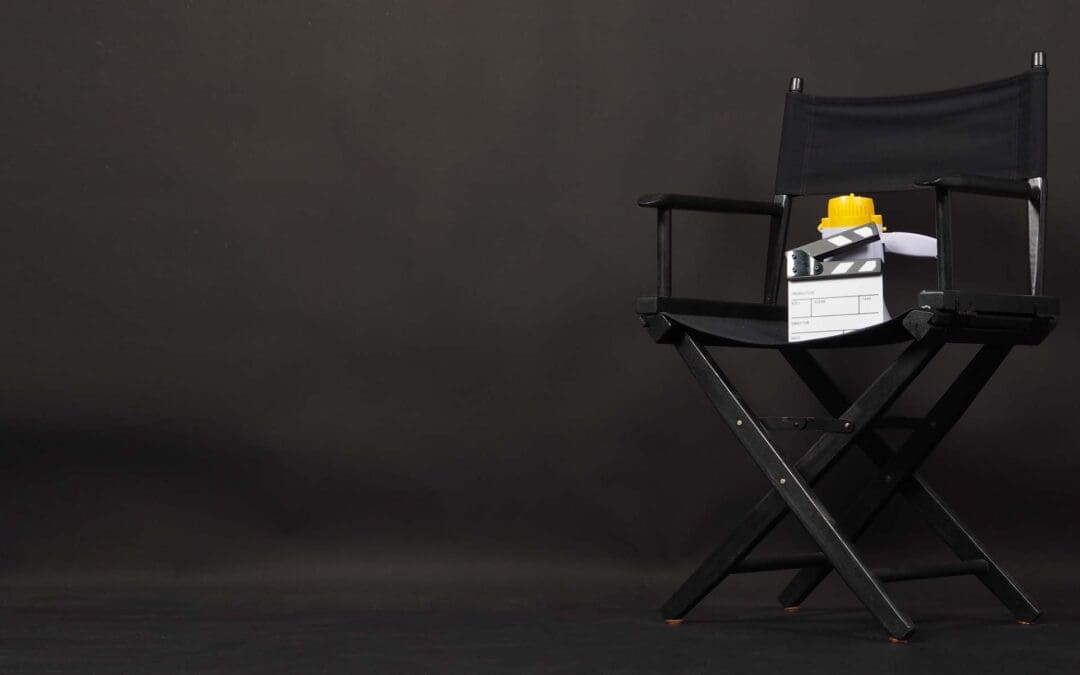Cinematic directing is a multifaceted art that involves bringing together various elements of filmmaking to create a compelling visual narrative. As the creative leader of the film, the director plays a pivotal role in shaping the story, guiding actors, collaborating with the production team, and making artistic choices that define the film’s style and impact. In this extensive blog post, we will delve into the world of cinematic directing, exploring the director’s role, key responsibilities, essential techniques, and the collaborative process that transforms a script into a cinematic masterpiece.
1. The Director’s Role: A Creative Visionary
Vision and Interpretation
The director interprets the script, conceptualizes the visual style, and conveys the film’s overall vision to the cast and crew.
Storyteller and Communicator
The director translates emotions, themes, and character arcs into visual language, effectively communicating the narrative to the audience.
2. Pre-Production: Laying the Foundation
Script Analysis
The director conducts a thorough analysis of the script, identifying the film’s core themes, central conflicts, and key character journeys.
Visual Conceptualization
Creating mood boards, visual references, and storyboards help solidify the director’s vision and communicate it to the team.
Casting
The director collaborates with the casting director to select actors who embody the characters and can bring their performances to life.
3. Working with Actors: The Director-Actor Relationship
Building Trust
Developing a rapport with actors and fostering a collaborative and safe working environment builds trust and encourages artistic exploration.
Directing Techniques
The director uses various techniques to guide actors, such as discussing character motivations, providing emotional context, and exploring subtext.
Rehearsals
Preparing for rehearsals and providing constructive feedback during the process helps actors refine their performances.
4. Collaborating with the Crew
Creative Collaborators
The director collaborates with the cinematographer, production designer, costume designer, and other department heads to align their creative visions with the film’s overall style.
Shot Planning
Working with the cinematographer to plan camera movements, angles, and framing ensures that the visuals align with the director’s vision.
Visual Language
The director and production team create a cohesive visual language that enhances the film’s themes and emotional resonance.
5. On-Set Directing: Bringing the Vision to Life
Leadership and Decision-Making
The director provides clear direction to the crew, making crucial decisions in real-time to keep the production on track.
Blocking and Staging
The director plans actor movements, positions, and interactions within the frame, considering the shot’s composition and storytelling impact.
Adapting to Challenges
Directing requires flexibility and adaptability to overcome unexpected challenges during production.
6. The Director’s Aesthetics: Style and Visual Identity
Visual Style
Directors develop a signature visual style that sets their films apart and reflects their artistic sensibilities.
Themes and Motifs
Reoccurring themes and motifs in a director’s body of work contribute to their visual identity.
8. Post-Production
Editing
The director works closely with the editor to shape the narrative, pacing, and emotional impact of the film.
Sound Design
Collaborating with the sound team to ensure that the audio enhances the film’s storytelling.
9. Directing Challenges and Strategies
Budget Constraints
Working within budget limitations requires creativity and resourcefulness to maintain the artistic vision.
Time Management
Efficiently managing the schedule and working with a sense of urgency is crucial in film production.
10. The Director’s Journey: Growing and Evolving
Learning from Experience
Each project offers valuable insights and opportunities for growth as a director.
Continuing Education
Directors continue to learn and refine their skills through workshops, courses, and studying the work of other filmmakers.
Cinematic directing is a dynamic and transformative journey that requires creativity, leadership, and collaboration. The director is the visionary guiding the film from script to screen, shaping the narrative, guiding actors, and collaborating with the production team to bring their artistic vision to life. Through effective storytelling, visual language, and the ability to work with a team of skilled professionals, the director creates a cinematic masterpiece that resonates with audiences worldwide and leaves a lasting impact on the world of filmmaking.




